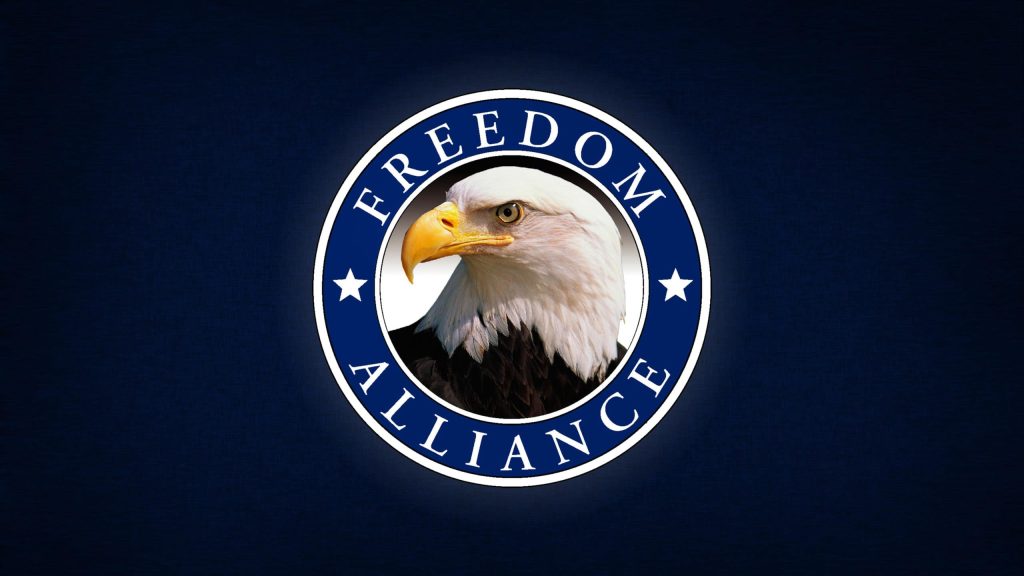
Washington, DC – When the U.S. State Department announced this week that it finally is going to designate the Haqqani network as a foreign terrorist organization, it was a nonevent for most of our countrymen. That’s because few Americans know how deadly the organization is. For that we can thank those at Foggy Bottom who are wedded to the naïve hope of a near-term “diplomatic breakthrough” in Afghanistan. Couple that misguided belief with the Obama administration’s self-deception that the radical Islamic jihad against the West ended with the demise of Osama bin Laden and it’s understandable why the Haqqani network is virtually unknown. Here’s the short form of why it’s important.
When Jalaluddin Haqqani founded the criminal enterprise now known as the Haqqani network, Soviet troops were running amok in Afghanistan. Adopted by the Pakistan’s Inter-Services Intelligence agency as a reliable ally, Haqqani’s fame as a Pashtun mujahideen fighter soon rivaled that of Tajik leader Ahmad Shah Massoud. Both the ISI and the CIA believed that Haqqani was “controllable.” But he wasn’t.
After the Soviets withdrew in 1989 and Afghanistan descended into civil war, Massoud opposed the Taliban takeover. Haqqani, encouraged by the ISI, sided with Mullah Mohammad Omar’s Taliban and became a key player in Islamabad’s window on what was happening in Kabul.
Though Massoud was murdered on the eve of the al Qaeda attack on 9-11-01, his Northern Alliance fighters were the backbone of the U.S.-led effort to unseat the Taliban. Haqqani, ever loyal to his handlers in the ISI’s Department “S,” soon became the most dangerous name in the Afghan insurgency and a “trusted brand” for Islamic jihadis from around the world, who want to kill Westerners. It’s been that way for a decade. Apparently, our State Department just figured this out.
On September 22, Admiral Mike Mullen, the retiring chairman of the Joint Chiefs of Staff, testified before the Senate Armed Services Committee. He described the Haqqani network – now run by Jalaluddin’s son Siraj – as “a veritable arm” of Pakistan’s intelligence service. He also accused Haqqani “insurgents” of collaborating with the ISI in scores of high-profile attacks against U.S. and NATO personnel – including the bloody June 28 attack on the Intercontinental Hotel in Kabul and the September 13 assault on the U.S. Embassy there. Every official who could get to a microphone in Islamabad immediately denied the charge – as did Pakistan’s foreign minister, Hina Rabbani Khar, at the United Nations. None of this could have been a surprise to our State Department.
Since 2009, U.S. and NATO commanders in Afghanistan quietly have urged Pakistan’s armed forces to move against the Haqqani headquarters, which is a madrassa in mountainous Miramshah. But for General Ashfaq Parvez Kayani – Pakistan’s military chief of staff – such an operation in North Waziristan was a non-starter because it meant taking troops and equipment from the eastern frontier facing Pakistan’s “real enemy” – India. Nervous officials at our State Department voiced concerns that a Pakistani military move against the Haqqanis could precipitate a “destabilizing political upheaval in nuclear-armed Pakistan – something none of us want.”
The Obama administration’s uncertainty and ambivalence about what to do about the Haqqani threat means this “family-led enterprise devoted to waging war” in the name of Jihad carries on with near impunity. Other than carefully leaked stories about the “effectiveness” of missile strikes from unmanned aerial vehicles (UAVs) – like the one that killed Anwar al-Awlaki in Yemen on September 30 – little has been done to thwart the flow of new jihadi recruits from Haqqani-run madrassas or to cut the cash coming into the family coffers that finances the killing of American troops.
It’s not just ISI financial support. Funding for Haqqani paramilitary operations and IEDs also comes from Saudi Arabia, interest on “family” bank accounts in the United Arab Emirates, extortion ransom from kidnappings. A recent intelligence report describes how the Haqqanis “portray themselves as deeply religious while making a fortune from the sale and transportation of opium.” The organization’s success in “taxing” Afghan contractors paid with U.S. tax dollars is legendary. Another report identifies “legitimate businesses” being run overtly in Pakistan and Afghanistan by loyal clan members.
Will the State Department’s belated decision to designate the Haqqani network as a foreign terrorist organization change any of this? It could, if it’s done the right way.
It’s not enough to simply freeze Haqqani assets in U.S. banks. It’s unlikely after this week’s announcement that the network has a savings account here anyway. A far better approach would be to bar any company or bank that does business with any Haqqani entity from doing any business in the U.S.
Identifying, disrupting and discrediting foreign donors and sources of funding is crucial to strangling the organization’s finances. Combining this effort with a carefully orchestrated political action campaign exposing Haqqani criminal activity – particularly the opium trade – could discredit their self-proclaimed “moral authority” to attract new recruits to the Jihad.
Can the O-Team pull this off? Let’s hope so. It could make the difference in our keeping friends – and doing in our enemies.

